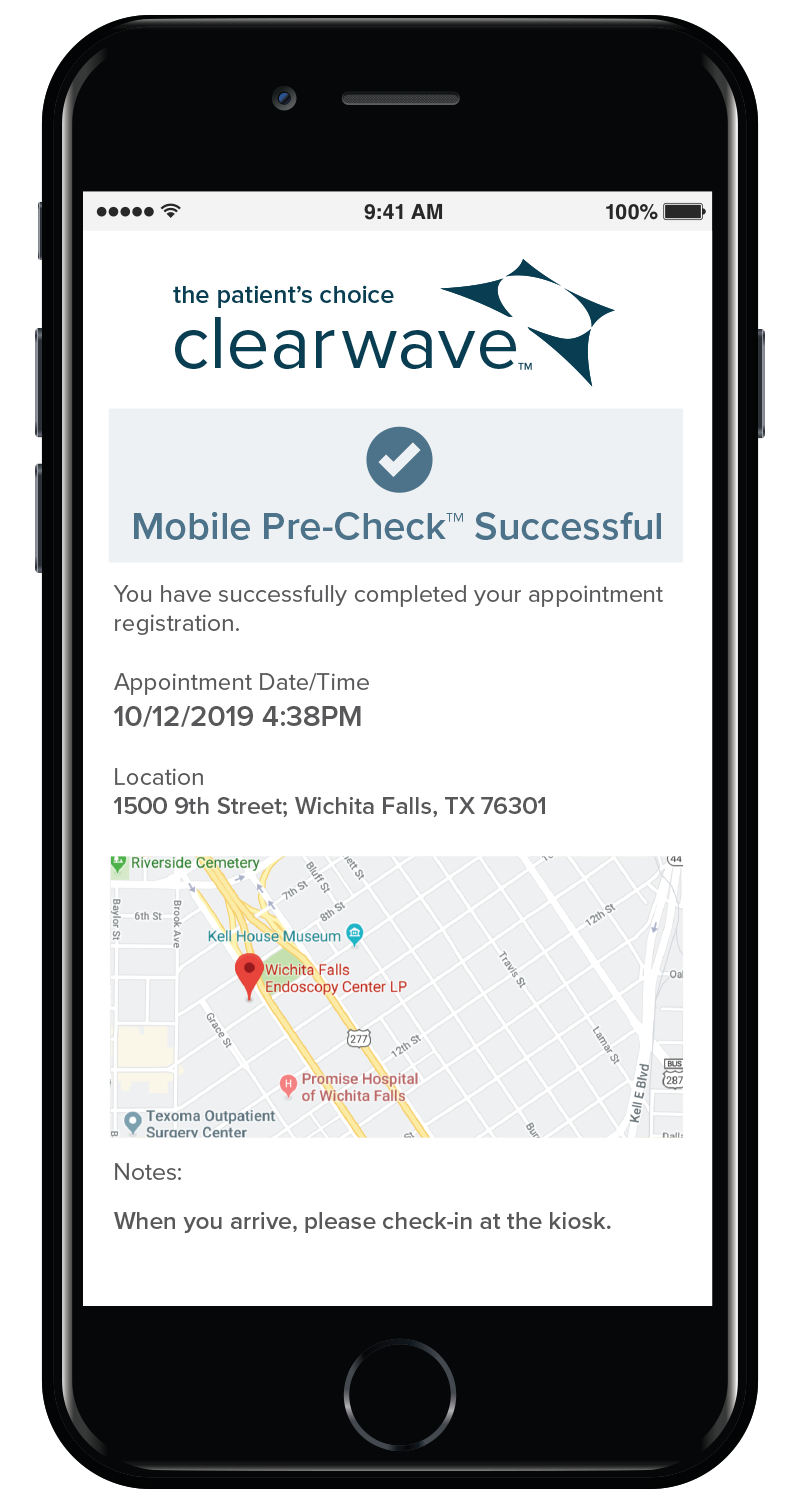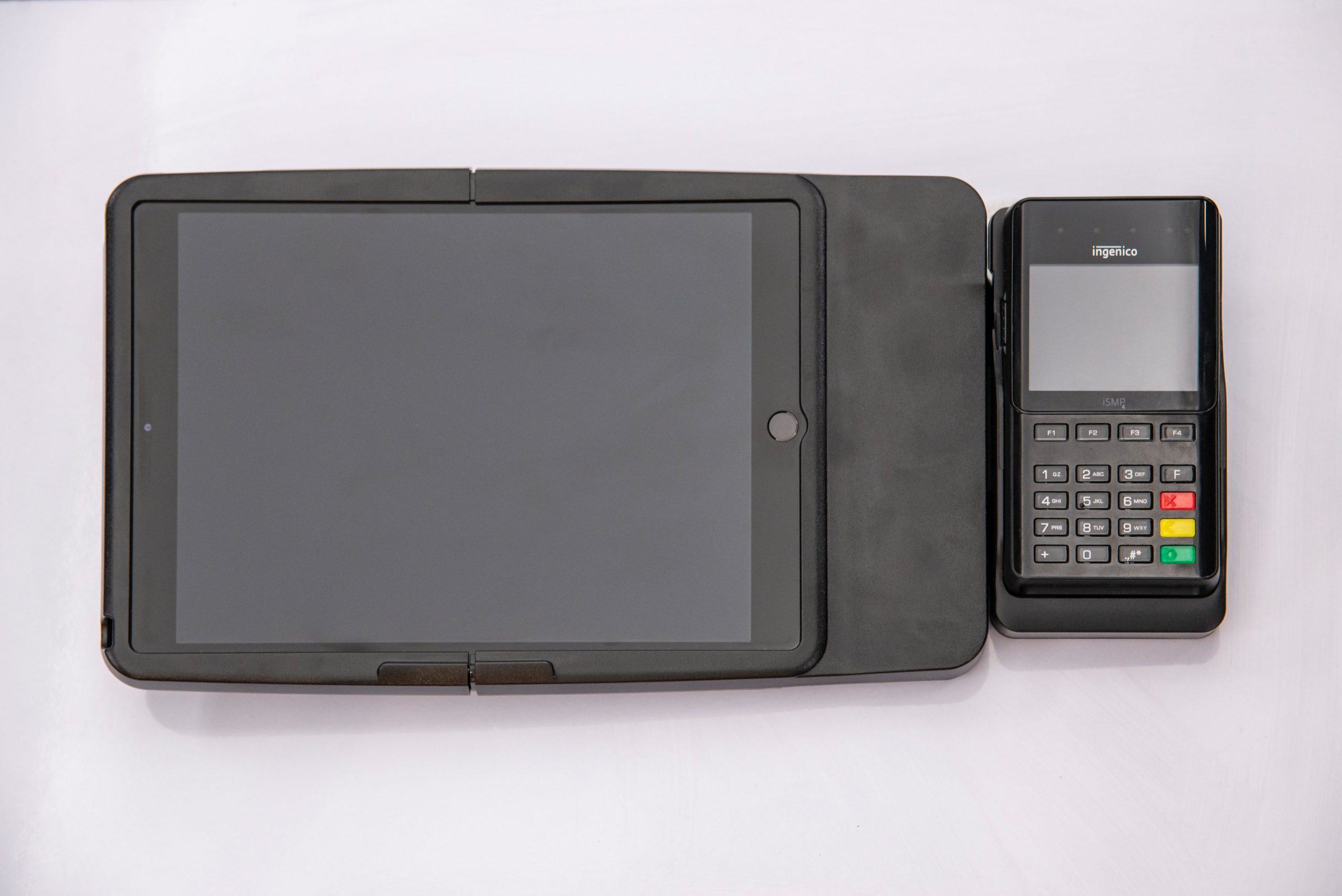How to Integrate Patient Check-In Solutions and Telehealth at Your Oncology Practice
Technology has made life easier in many ways, and one of its most notable contributions is in the field of medical care. For oncology practices, there are different techniques to integrate technology into daily operations to make service provisions easier to manage.
Initially, telehealth was introduced as a way to provide services to patients in remote areas with limited access to physicians or specialists. Now, it has become an essential supplement to daily operations at health facilities.
Medical Facilities Adopting Telehealth

Because of the coronavirus pandemic, many medical practices have begun adopting telehealth in groves. With social distancing requirements top-of-mind for staff and patients alike, digital patient check-in and telehealth technologies are being evaluated at an increasing rate.
These types of technologies have become especially important for oncology practices, where social distancing and zero-contact patient check-in system is crucial to keeping patients as safe as possible. Unlike other practices, the oncology sector – because of the necessity of services saw much less of an impact than most other medical practices. However, implementing technologies that give their patients additional comfort, as well as updating their staffing practices has been crucial. Below we will dive into what is out there and the considerations for practices to evaluate.
Mobile Pre-Check

There are many solutions that allow practices to collect crucial demographic and insurance data prior to the patient’s visit. Adoption technologies like Mobile Pre-Check™ will help ensure patients can provide all necessary data in the comfort of their own home, and expedite the check-in process, in office, allowing patients to head back to their treatment rooms right away.
Not only do these pre-check technologies help the efficiency of the practice, but additionally ensure patients are sent appointment reminders via email or text – whatever is most convenient for them.
After receiving their reminder, the patient is then able to confirm their appointment and complete the pre-check process on their own time. This includes verifying contact information, insurance information, and making any updates if patient information has changed.
Once they arrive at your oncology practice, they only need to verify their arrival at a healthcare kiosk or Virtual Waiting Room. This eliminates waiting time and reduces crowding in the waiting room.
COVID-19 Screening
Practices should look for patient check-in solutions that offer important screening modules, especially a module that checks for COVID-19 symptoms of contact.
Completing the screening allows both patients and staff to stay safe. The screening module allows staff to determine if a patient needs to be seen alone, or if they would be a better fit for a telehealth appointment.
Electronic Patient Check-In

More than ever before, it’s important to give patients choices when it comes to checking in for their appointment. As the medical community continues to adjust to a new normal, how patients check-in may take time to adjust to.
Having several options available is important both for patient and staff safety. Offering patients the option to check-in via mobile, kiosks or tablets allows practices to develop the workflow that keeps both patients and staff safe.
No matter the type of patient check-in system, make sure you find a system that allows for the verification of patients’ insurance eligibility in real-time, with payments processed as they check-in. Patient check-in kiosks, tablets or zero-contact can work in harmony with Mobile Pre-Check, allowing your oncology practice to increase efficiency and safety in tandem. The average check-in time for new patients is 3 minutes while returning patients take less than a minute! More importantly, it also reduces the amount of contact that occurs between patients and staff.
Virtual Waiting Rooms

Many practices are adopting Virtual Waiting Rooms and allowing patients to wait in their cars instead of in the buildings until their ready to head into their treatment room. Oncology practices should look for Virtual Waiting Room technology that integrates with their check-in system.
Virtual Waiting Room technology is an asset to oncology practices looking to minimize risk for patients that are highly vulnerable to COVID-19. By eliminating the traditional waiting room, Virtual Waiting Rooms allow patients to come into close contact with as few people as possible when checking in to their appointment.
Embracing Telehealth
With the legislative red tape reduction around Telehealth, both practices and patients are finding telehealth solutions incredibly valuable for certain appointment types. Most patients enjoy the convenience of telehealth. Practices should look for a patient check-in solution that helps them activate telehealth at their practice, regardless of what telehealth platform they choose.
Is your oncology practice ready to explore an electronic patient check-in options but unsure about where to start? Schedule a 30-minute demo with Clearwave today to discuss how we can help!




